Located in the East Midlands of England, and covering large portions of natural wonders like the Peak District, the county of Derbyshire is one of the most charming regions of the country, that has no end of historic and natural gems to offers it visitors; it has a string of castles that provide an inside into the county’s heritage, and serve as wonderful day trips for those visiting. Here are the best castles to visit in the beautiful county of Derbyshire:
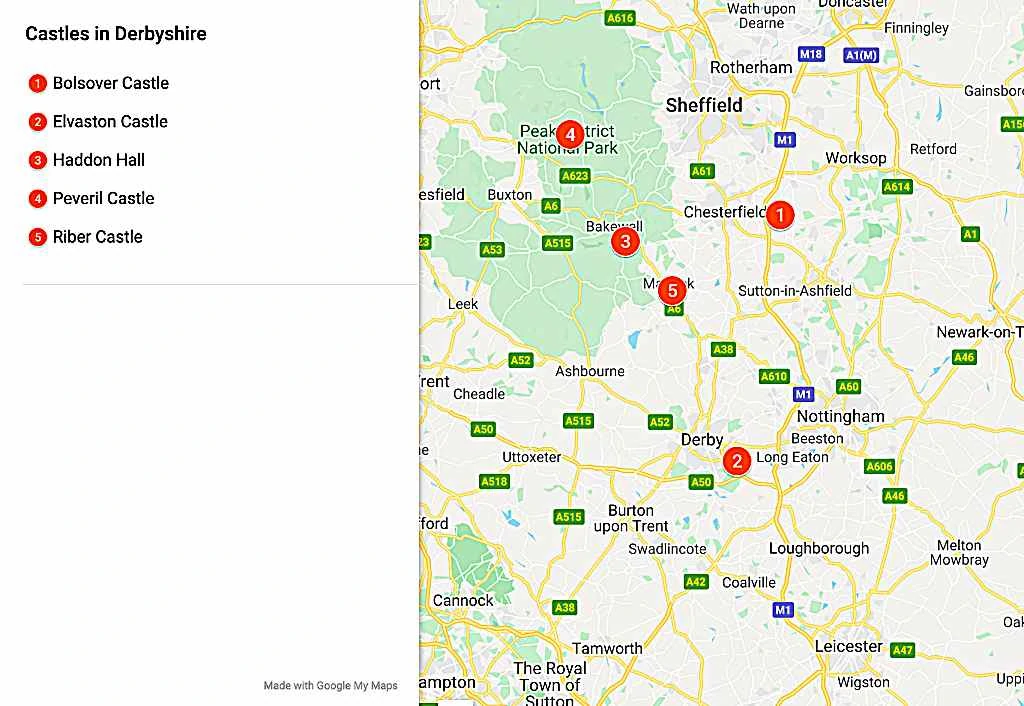
5 Best Castles to Visit in Derbyshire
1. Bolsover Castle
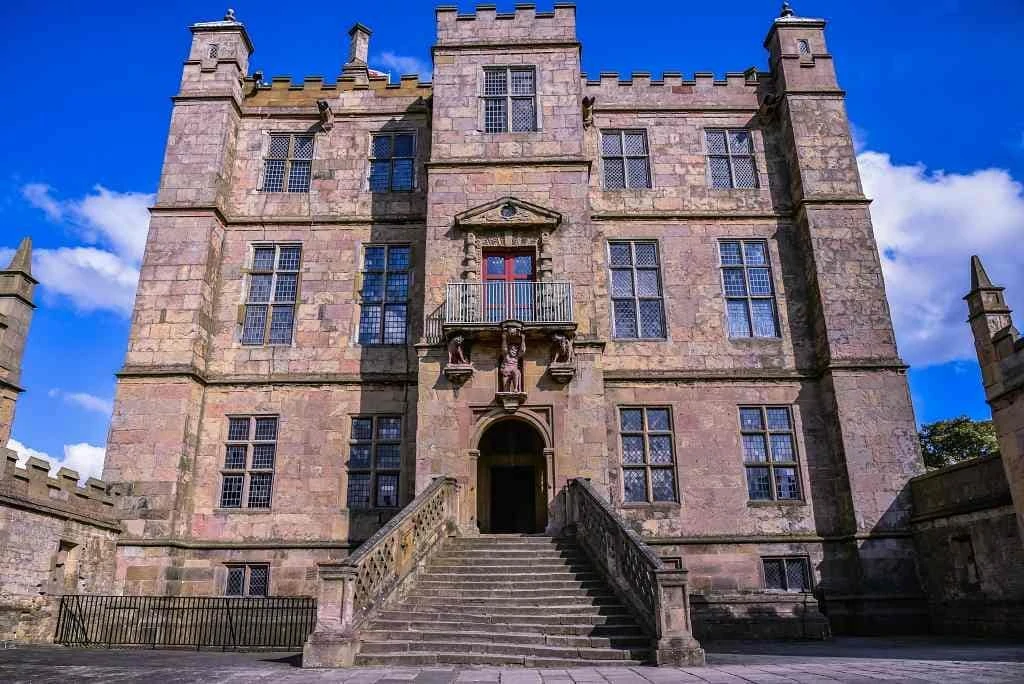
Bolsover Castle, situated in the heart of Derbyshire, is an enormous and fascinating castle that has a rich and varied history. Before the current castle was built, an earlier one existed, which dates back to the 12th century, where it was constructed by the prominent Peverel family; it later became Crown Property, though, after so much activity throughout the years, it fell into disrepair at the end of the 13th century.
In the 16th century, Sir Charles Cavendish set out to rebuild a castle on the site of the original, in line with several architectural styles, including the Italian Renaissance. Today, Bolsover Castle is an important Grade I listed building and is open to the general public.
Where: Bolsover
When: 12th/16th century
Open for visit: Yes. Check here for more information.
2. Elvaston Castle
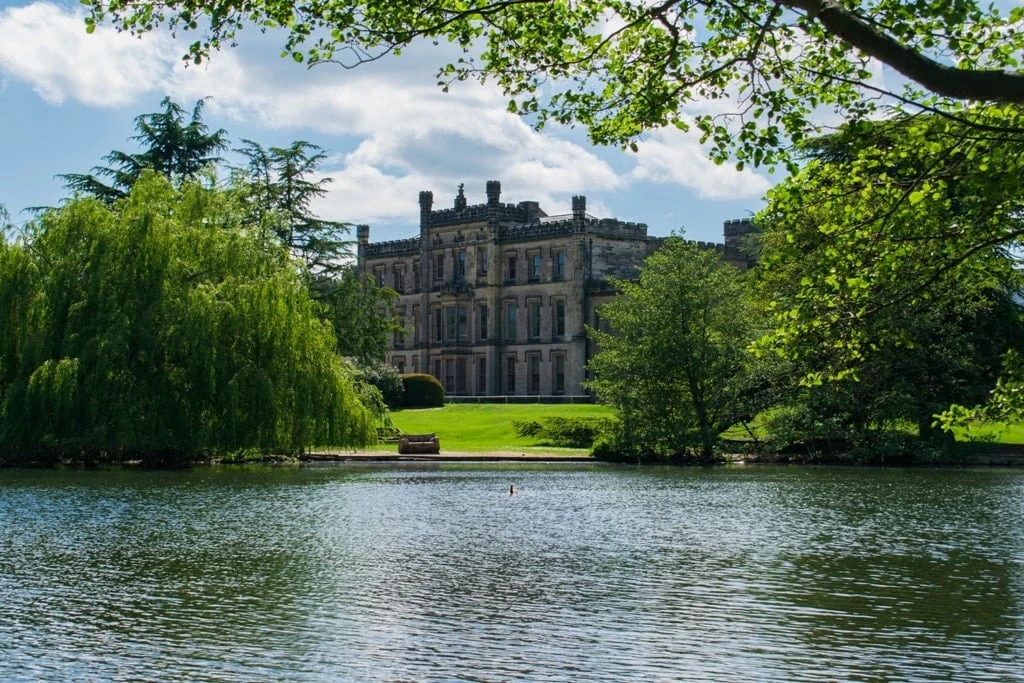
The stunning Elvaston Castle is situated in the sleepy village of Elvaston in the heart of Derbyshire and is a historic Gothic Revival style stately home. The castle was originally built in the year 1633 for Sir John Stanhope, who was the High Sheriff of Derbyshire.
However, during the early 19th century, the architect James Wyatt took on the challenge of redesigning the original Elizabethan-style house into a contemporary Gothic Revival style, that would contain grand and impressive features.
However, during the Second World War, Elvaston Castle was used as a teacher training college; after the year 1947, the castle was used less and less, and it still requires large amounts of renovation work.
Where: Elvaston
When: 17th century
Open for visit: Yes, for more information, check here.
3. Haddon Hall
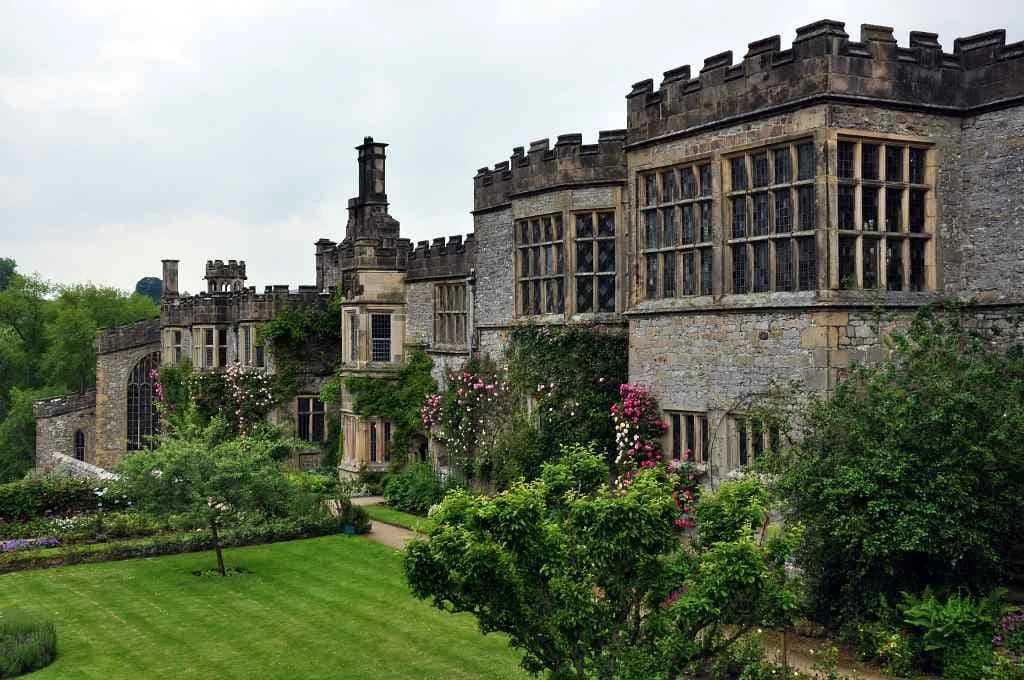
The historic Haddon Hall is one of the most charming and magical castles in the whole of county Derbyshire, for its rich heritage and gorgeous architecture.
The castle was originally acquired by the Vernon family in the 12th century, after an arranged marriage between two prominent families; over the centuries, Haddon Hall has been owned by several different families, and there have been large amounts of conflict between them.
Haddon Hall is very well-known for its role in literature and has featured in several books and plays, including ‘The Love Steps of Dorothy Vernon’ by Eliza Meteyard, and ‘Dorothy Vernon of Haddon Hall’ by Charles Major. Today, the castle is a Grade I listed building and is open to the public.
Where: Bakewell
When: 11th century
Open for visit: Yes, check here for more information.
4. Peveril Castle
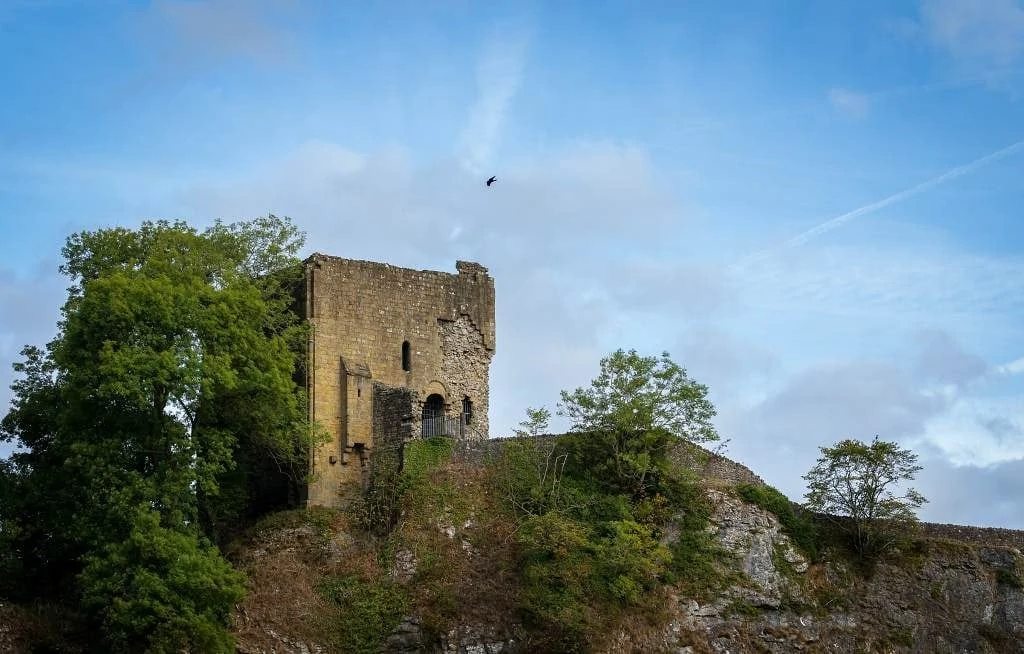
Situated in the pretty Derbyshire village of Castleton lies the gorgeous Peveril Castle, which is occasionally known as Castleton Castle or Peak Castle.
The origins of Peveril Castle date back to the mid to late 11th century, where it is believed to have been founded at a point between the Norman Conquest of England in 1066, and the Domesday Survey of 1086.
The castle was visited by many royals during its prime, such as King Henry II, who had confiscated the castle in 1155; Peveril Castle also played a crucial military role during its peak years, such as during the Revolt of 1173 to 1174.
Today, visitors flock to the castle’s ruins, as the surrounding scenery is absolutely gorgeous, and it provides a unique insight into the past.
Where: Castleton
When: 11th century
Open for visit: Yes, check here for more information.
5. Riber Castle
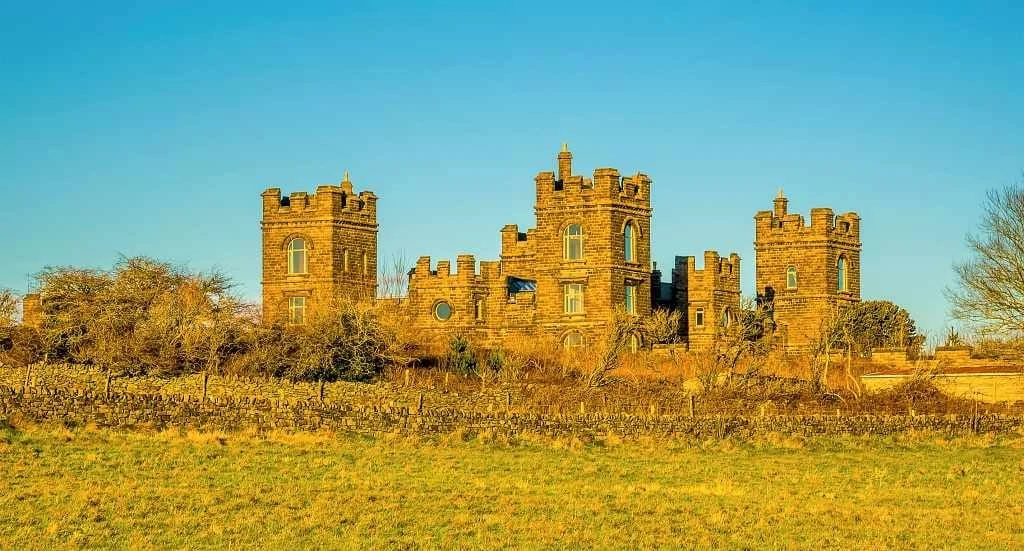
Riber Castle is an enchanting castle situated in the scenic hamlet of Riber, which offers views of the bustling town of Matlock. Riber Castle was originally built in the year 1862, where the prominent industrialist John Smedley took on the challenge of building a private home for him and his wife.
He used local materials, such as gritstone from the local quarry, which he lugged manually up the large hill.
After Smedley’s wife passed away, the castle temporarily became a school for boys, up until the 1930s; during the Second World War, it briefly was taken over by the Ministry of Defence, who used it to store food, however, after the war, the castle was then abandoned. Since the 1960s, Riber Castle has shifted its function again, from a wildlife park, all the way to apartments.
Though you cannot visit the castle directly, it is possible to stay in one of the apartments for a night or two, to get a unique insight into the castle’s gothic history.
Where: Riber
When: 19th century
Open for visit: not open to the general public; only accessible by staying in one of the apartments.
